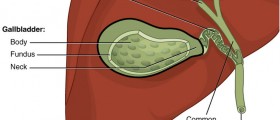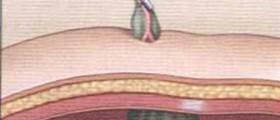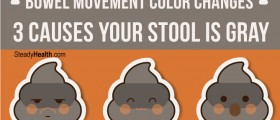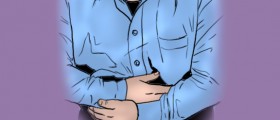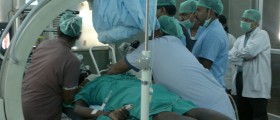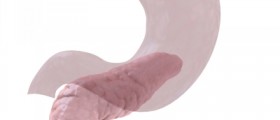The gallbladder is a pear-shaped organ situated on the right side of the abdomen, just under the liver. The function of this organ is to store bile, which is made by the liver, and secrete it whenever it's necessary in order to aid in the digestion of food in the small intestine.
In some cases, stones can form in the gallbladder, called gallstones, which are hardened deposits of the mentioned bile. They can vary in size from being as small as a grain of sugar to being as big as a golf ball. There can also be only one gallstone up to several of them present in the gallbladder.
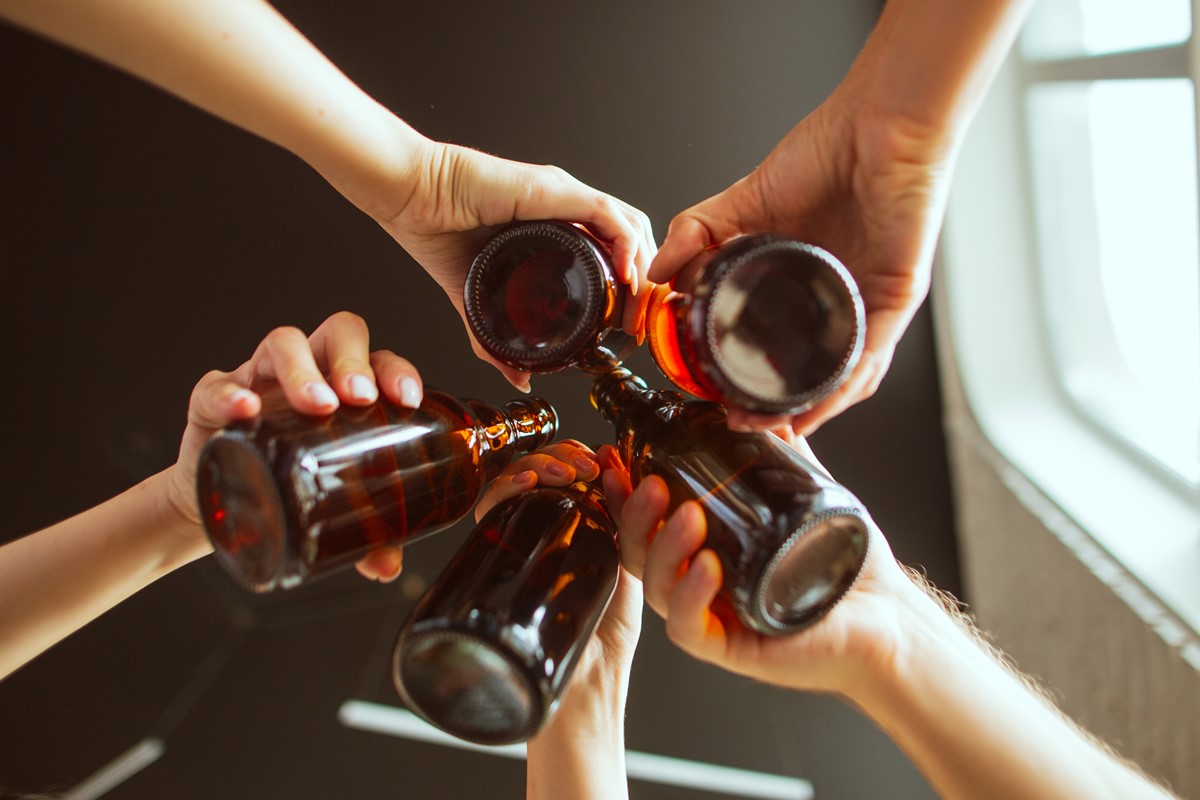
Causes
The exact cause of gallstones in unknown, but there are a few theories behind their development.
- The patient's bile could contain excess bilirubin - this will result in pigmented gallstones.
- The bile could contain too much cholesterol - this will result in cholesterol gallstones.
- The gallbladder doesn't empty out well enough.
Risk factors
The following are all factors which can increase the risk of developing gallstones:
- Female.
- Being over 60 years of age.
- Being of American-Indian or Mexican-American descent.
- Obesity or being overweight.
- Being pregnant.
- Consuming high-cholesterol, high-fat and low-fibre foods.
- Losing weight rapidly.
- Having diabetes.
- Having a family history of gallstones.
- Using certain cholesterol-lowering medications.
- Using hormone therapy replacement drugs such as estrogen.
Symptoms
As mentioned, gallstones may remain asymptomatic. When they do cause issues then affected patients can experience the following:
- Sudden pain in the right upper abdomen which gets worse.
- Pain in the right shoulder or back pain between the shoulder blades.
- Sudden pain in the centre of the abdomen which gets worse.
Complications
Certain complications may occur with the presence of gallstones and they may include the following issues:
- Obstruction of the common bile duct - gallstones can get stuck in the common bile duct which obstructs the flow of bile out of the gallbladder. Jaundice can occur here.
- Inflammation of the gallbladder - this is caused by gallstones getting stuck in the neck of the organ. The condition is then called cholecystitis.
- Obstruction of the pancreatic duct - if gallstones manage to get stuck in the pancreatic duct, then pancreatic enzymes flow back into the pancreas which causes inflammation of this organ, called pancreatitis.
- Gallbladder cancer - the risk of developing gallbladder cancer is increased but this condition is very rare.
Precautions
Asymptomatic patients can consume alcohol, but it needs to be done in moderation. Also, they should stop using alcohol if symptoms do start.


